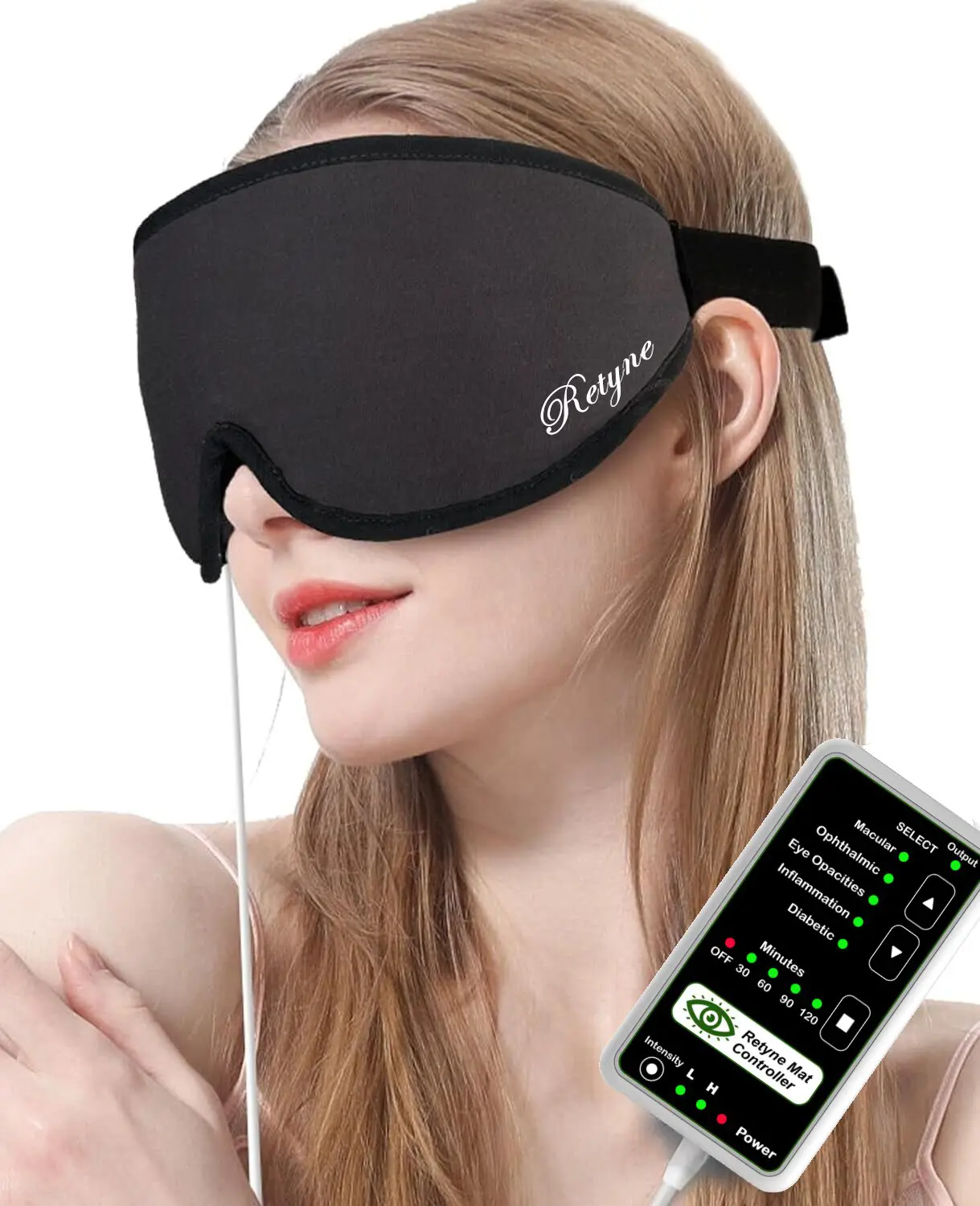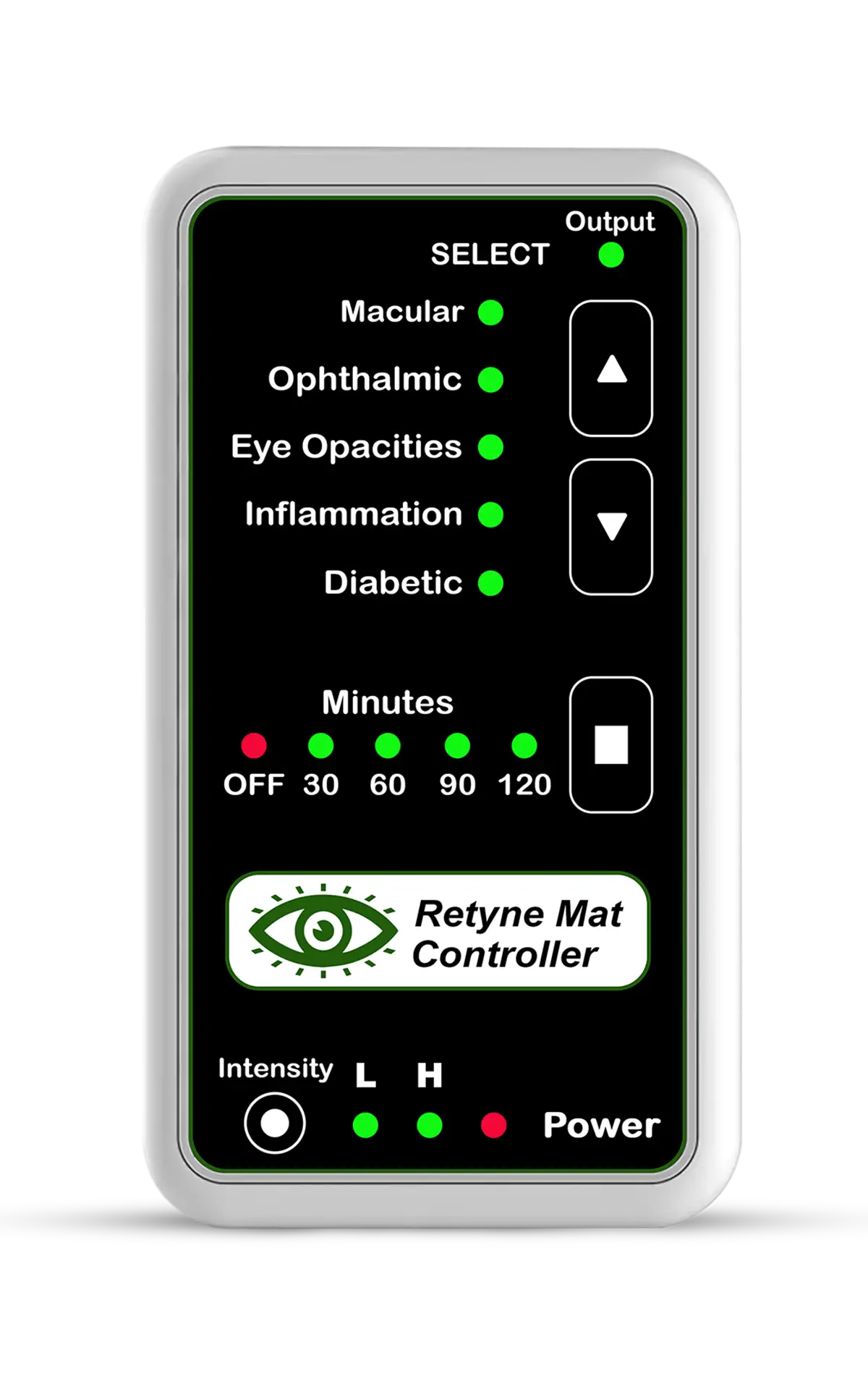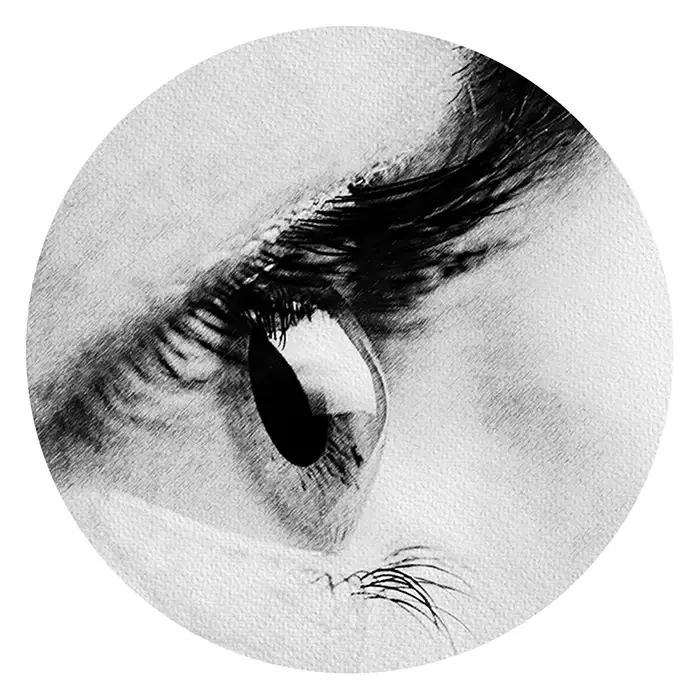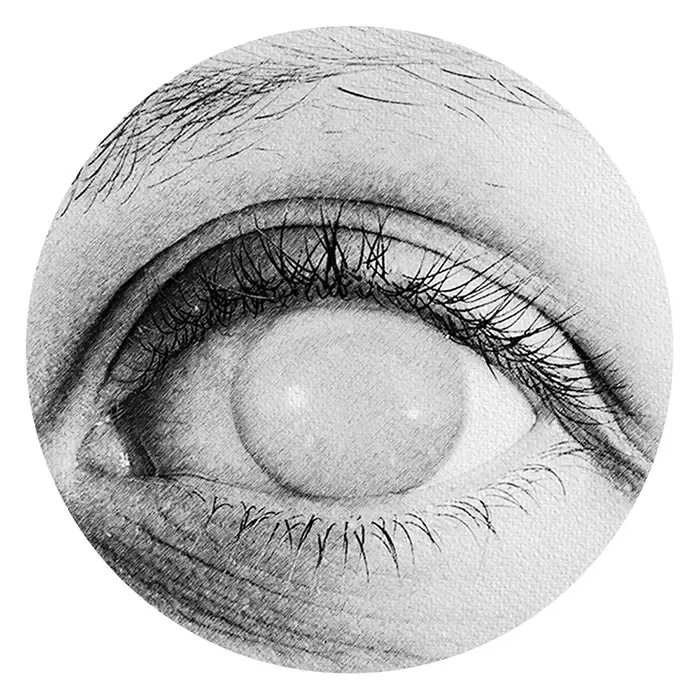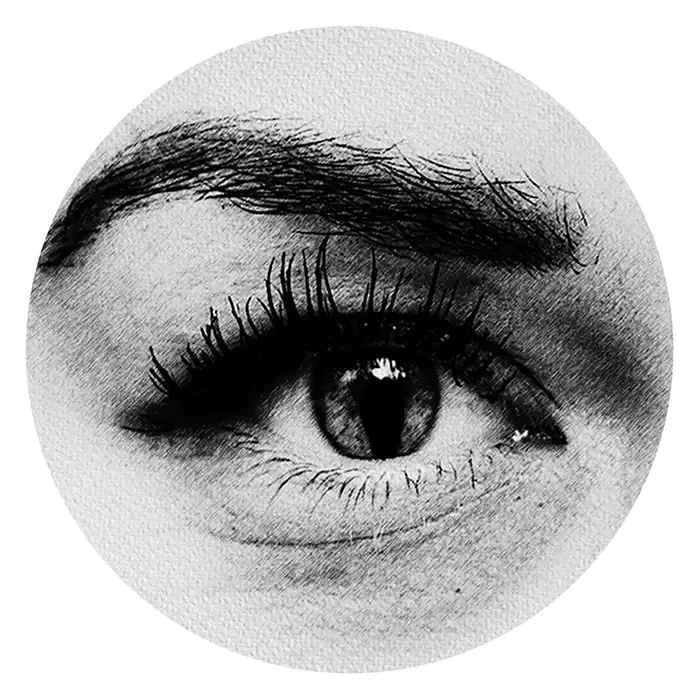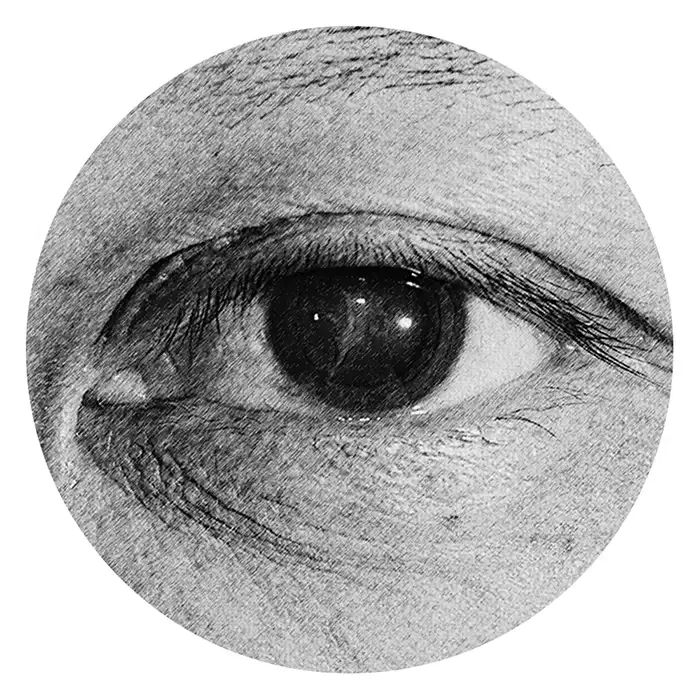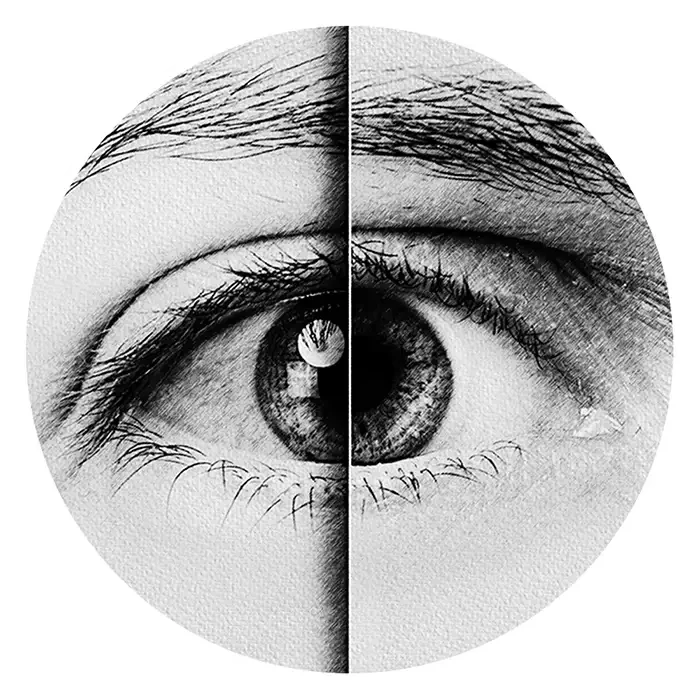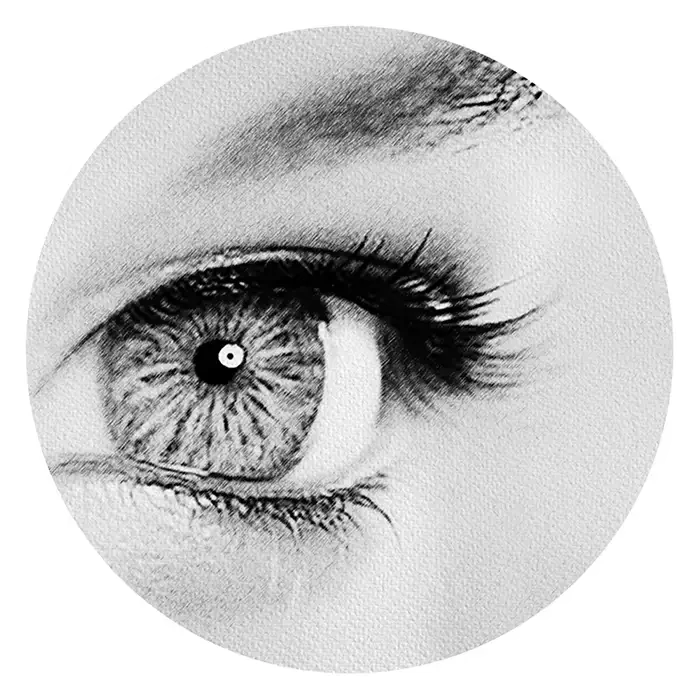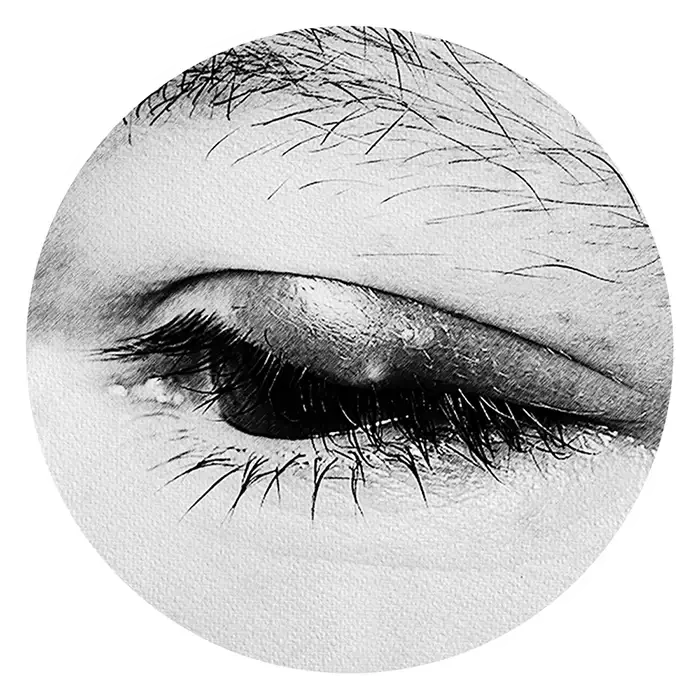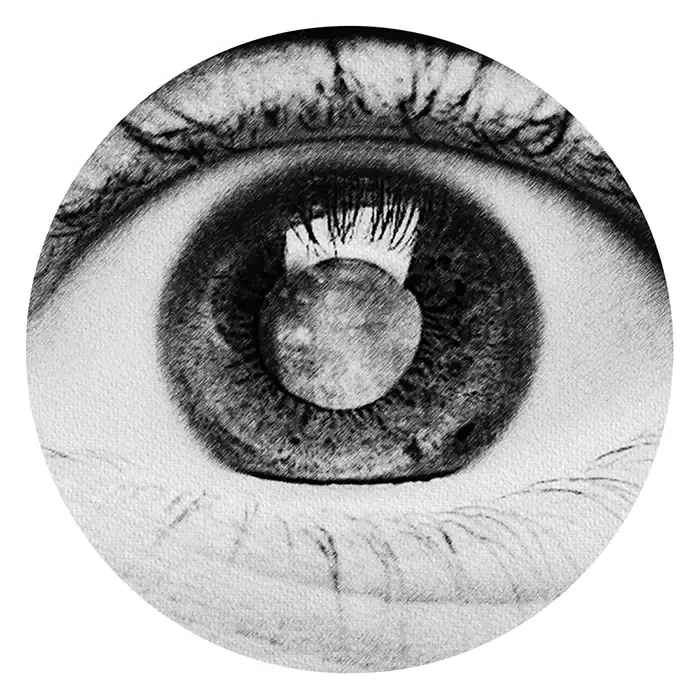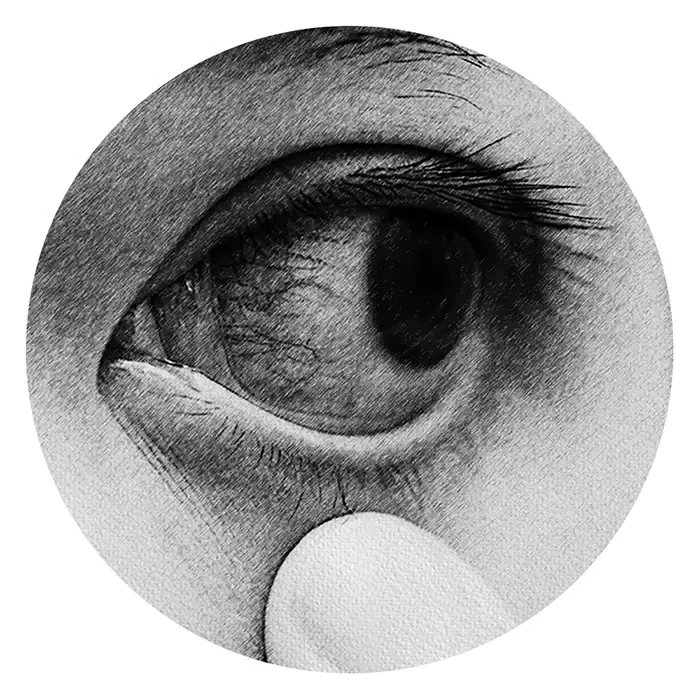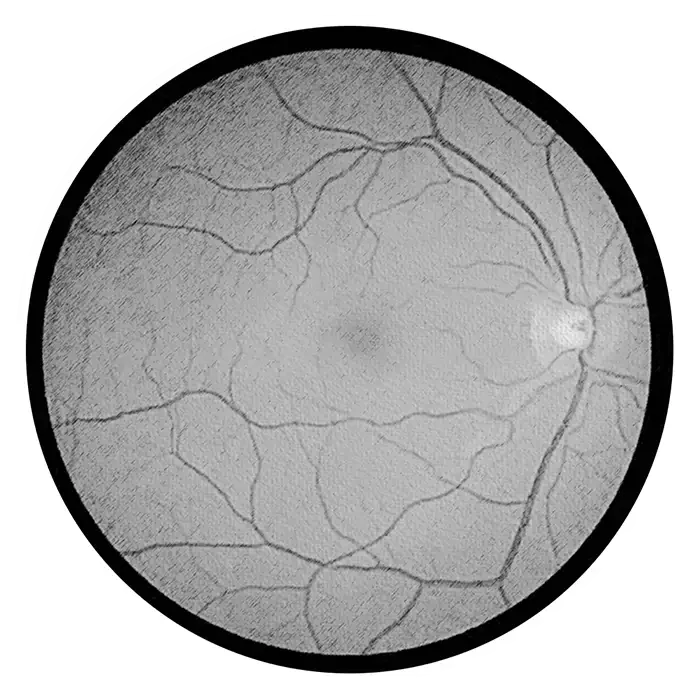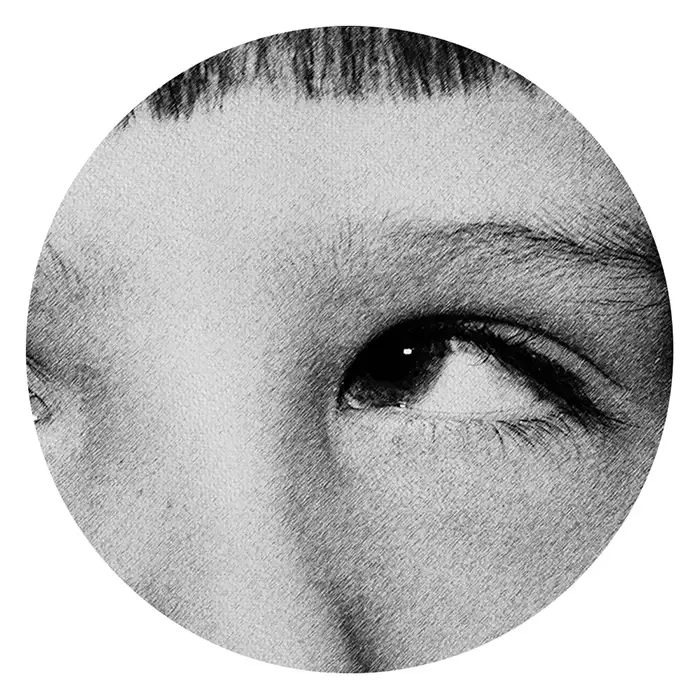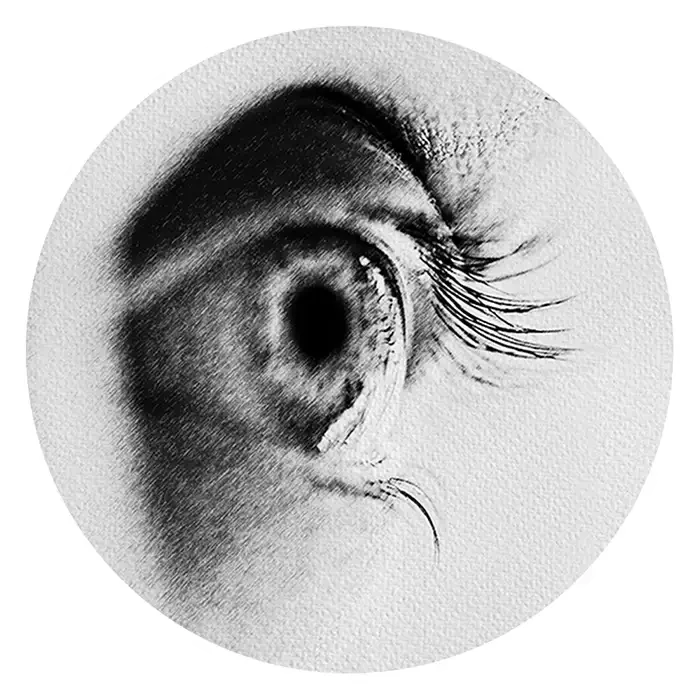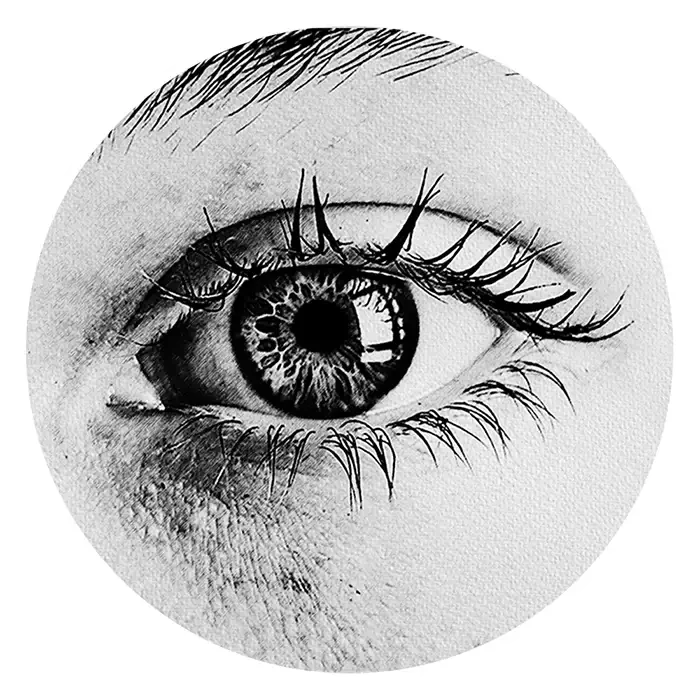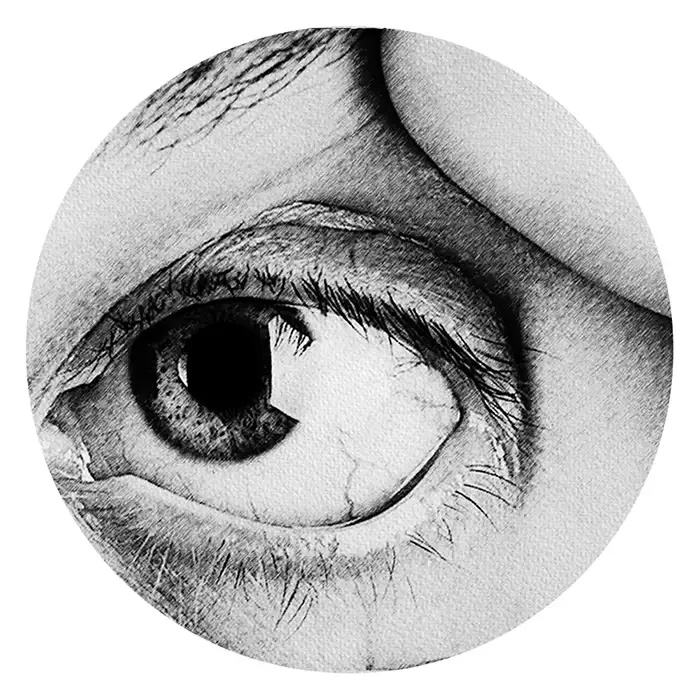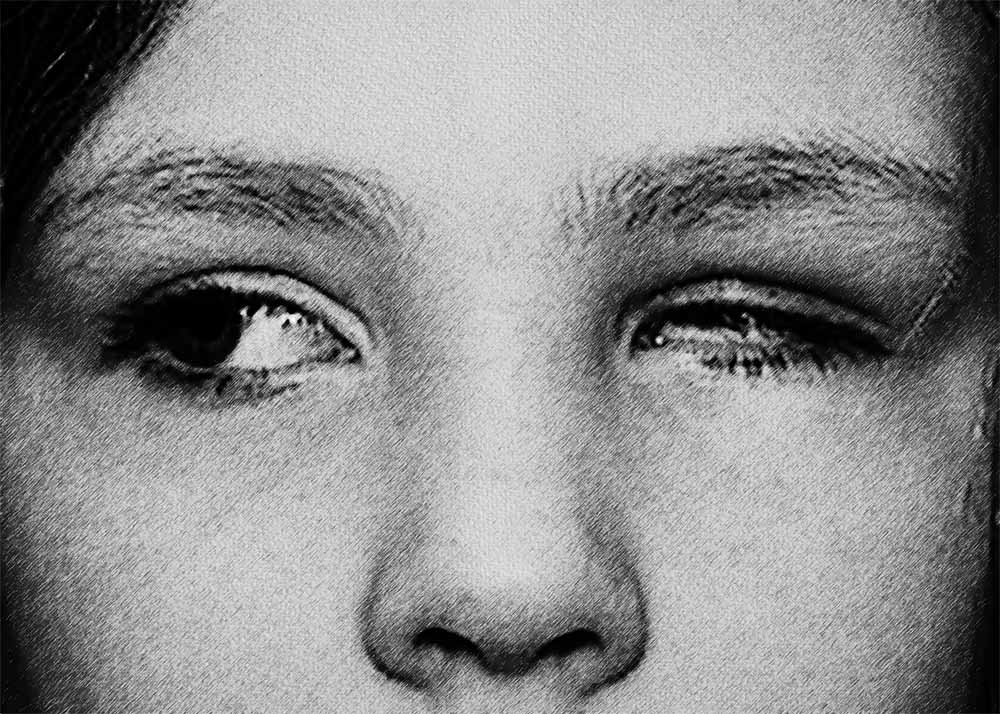
Treatment of Duane Syndrome with Invisible Infrared Technology
Duane Syndrome is a congenital eye movement disorder characterized by limited or absent horizontal eye movements, typically affecting one eye. It is caused by abnormal development of the sixth cranial nerve (abducens nerve) and/or the third cranial nerve (oculomotor nerve) during fetal development. There are three primary types of Duane Syndrome: Type 1, Type 2, and Type 3, each with distinct characteristics and patterns of eye movement limitation.
Diagnosis and Classification
Diagnosing Duane Syndrome involves a thorough eye examination by an ophthalmologist, including assessment of eye movements, strabismus (eye misalignment), and head posture. Magnetic resonance imaging (MRI) may be used to visualize the anatomy of the cranial nerves and identify any abnormalities. Classification of Duane Syndrome is based on the pattern of eye movement limitation and associated features, such as retraction of the globe and eyelid narrowing.
Duane Syndrome and Neurological Eye Disorders
Duane Syndrome is classified as a neurological eye disorder because it results from aberrant development of the cranial nerves responsible for controlling eye movements. While the underlying cause is primarily neurological, Duane Syndrome can also present with additional ocular features, such as refractive errors, strabismus, and amblyopia (lazy eye). Therefore, it is crucial to address Duane Syndrome as both a neurological and ophthalmic condition.
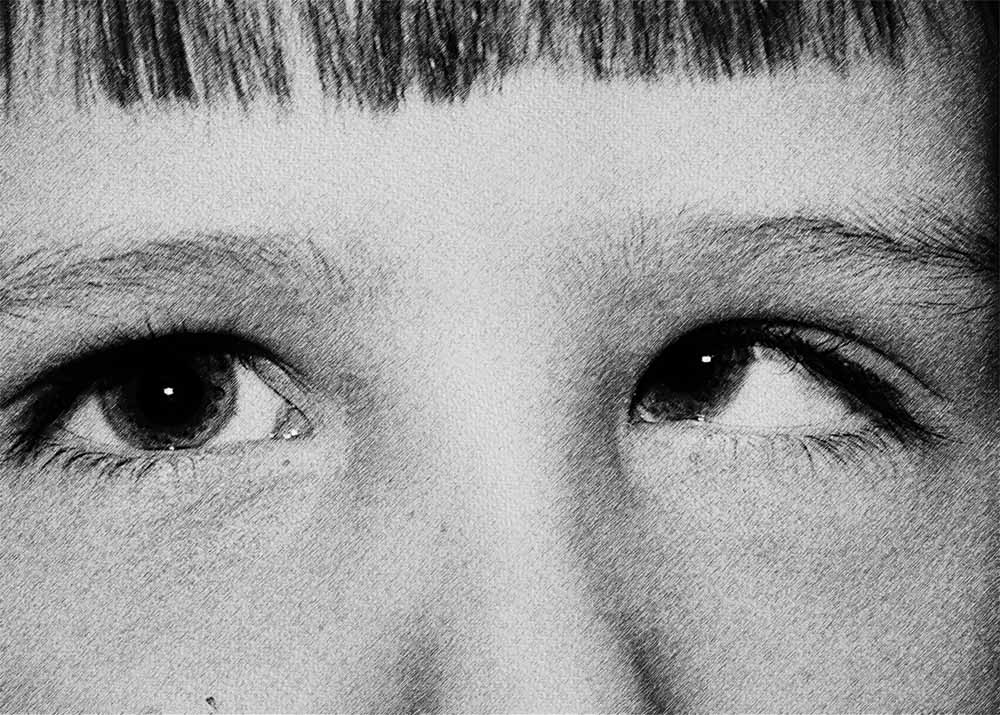
Treatment with the Retyne Infrared Eye Treatment Mask
The Retyne Infrared Eye Treatment Mask offers a novel approach to managing the symptoms of Duane Syndrome. Program #4 on the Retyne controller is specifically designed to target neurological eye disorders like Duane Syndrome. By delivering focused invisible infrared light therapy to the eyes, the Retyne mask aims to stimulate neural pathways and promote neuroplasticity in the affected cranial nerves.
Efficacy and Benefits
Infrared light therapy has shown promise in promoting neural regeneration and improving motor function in neurological conditions. By utilizing invisible infrared light therapy, the Retyne mask can help alleviate symptoms associated with Duane Syndrome, such as restricted eye movements and strabismus. Additionally, the non-invasive nature of infrared light therapy makes it a safe and well-tolerated treatment option for individuals with Duane Syndrome.
Duane Syndrome poses significant challenges for affected individuals due to its impact on eye movements and alignment. However, with innovative treatment modalities like the Retyne Infrared Eye Treatment Mask, there is hope for improving visual function and quality of life. By targeting neurological pathways with invisible infrared light therapy, the Retyne mask offers a promising avenue for managing the symptoms of Duane Syndrome and promoting better eye movement control.

The Retyne eye treatment mask utilizes a specific array of frequencies (0.06, 0.5, 0.87, 12.85, 27.5, 141, 301.23, 453.02, 783.4, 825.03) precisely tailored to target symptoms of Duane Syndrome. Each frequency is chosen based on documented effectiveness in managing Duane Syndrome. Retyne's innovative approach converts these frequencies into invisible infrared light output, pioneering a fusion of frequencies with light. This transformative technology is a hallmark of Retyne Labs. Furthermore, the Retyne mask administers focused invisible infrared light directly onto the eyes, intensifying its therapeutic effects for CVI treatment.
Moreover, for those utilizing advanced hardware such as the RDPV4, a secondary set of specific frequencies for 1034: Duane Syndrome: 1.86, 7.27, 7.66, 7.87, 8.02, 8.45, 17.22, 62.22, 131.2, 218.31 is available. The RDPv4 offers an expanded range of frequencies, finely calibrated to provide even greater precision in addressing Duane Syndrome. By incorporating this secondary set of frequencies, the RDPV4 elevates the potential therapeutic benefits of the Retyne eye Treatment Mask, catering to individuals seeking advanced solutions for their visual health needs.
Drawing inspiration from the pioneering research of Dr. Rife, who unearthed the therapeutic potential of precise frequencies and harnessed light for their propagation, Retyne's methodology embraces contemporary insights into invisible infrared technology. By leveraging current advancements and building upon historical investigations into frequency-based light transmission, Retyne has developed the innovative Retyne Eye Treatment Mask. This cutting-edge device represents the synthesis of modern breakthroughs in visual healthcare, offering a comprehensive solution rooted in both tradition and progress.
Duane Syndrome General set : 0.06, 0.5, 0.87, 12.85, 27.5, 141, 301.23, 453.02, 783.4, 825.03
Duane Syndrome utilizes group 1233 on the International ETDFL frequency list
On RDPV4 use 1034: Duane Syndrome: 1.86, 7.27, 7.66, 7.87, 8.02, 8.45, 17.22, 62.22, 131.2, 218.31
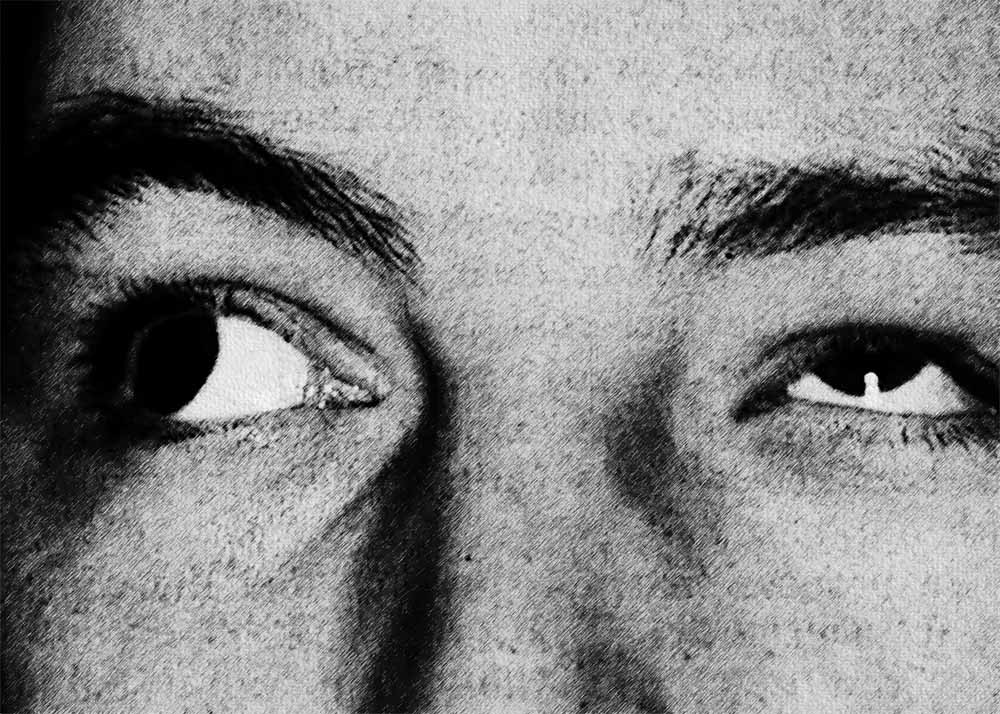
Compatibility
Standalone controller (Program #4) (Controller shipped with Retyne Eye Treatment Mask)
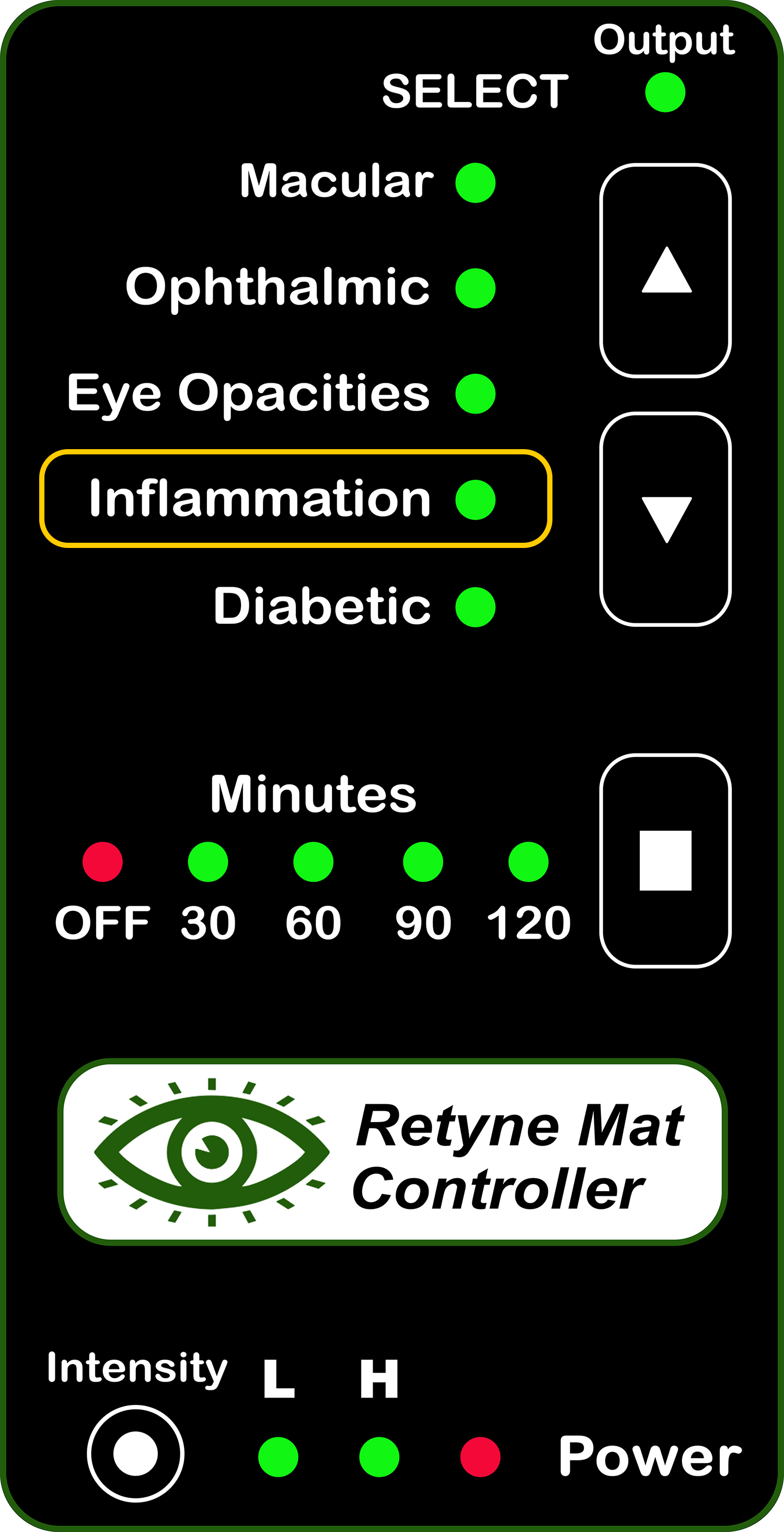
RDPV4 (Direct connect, use group 1034)
RDPV4 Light Mask Program button 4
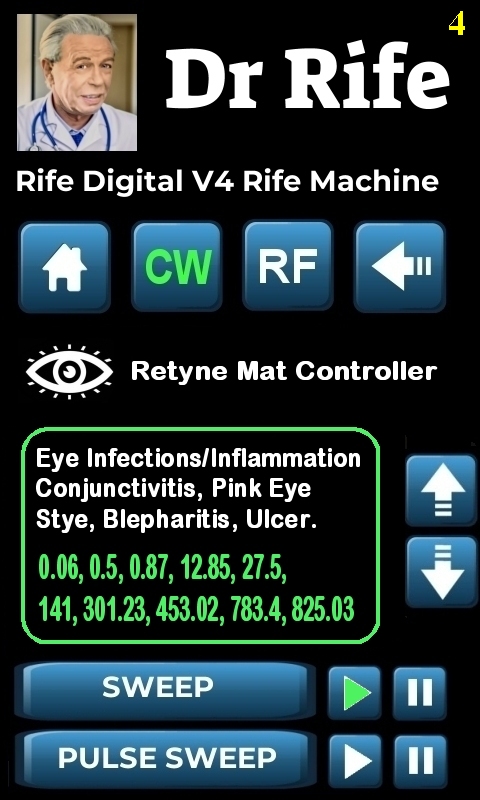
Click here for instructions on using the Retyne Mask + Controller
